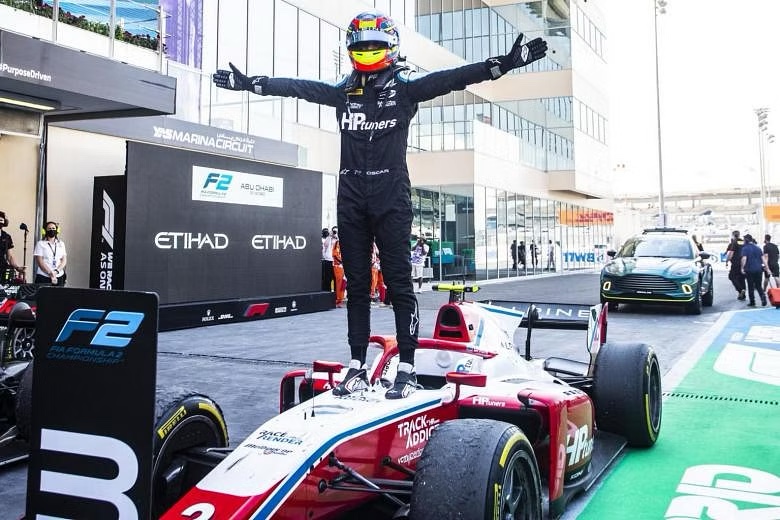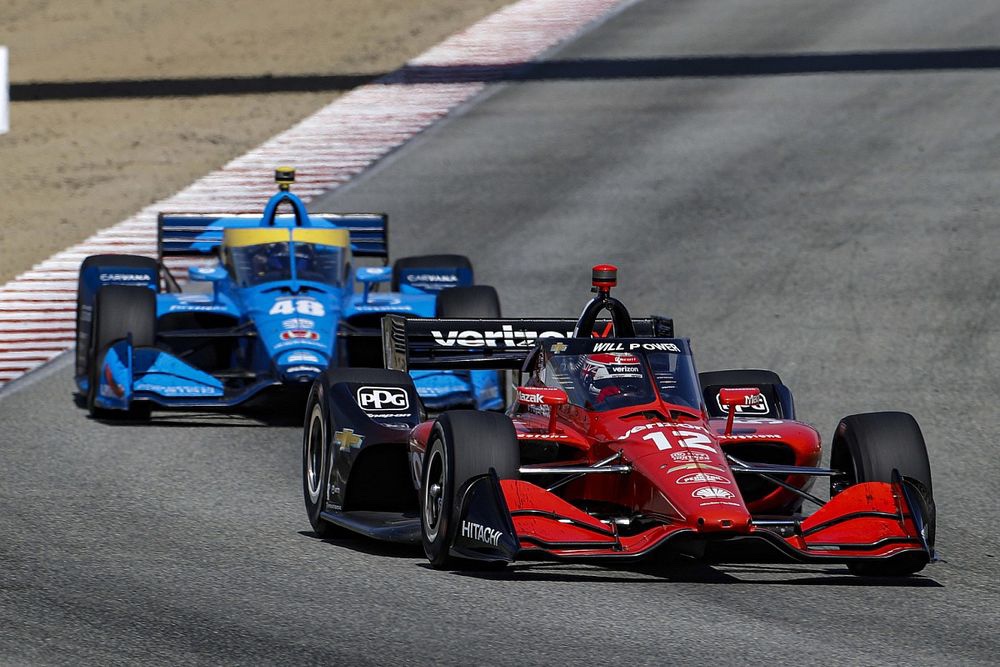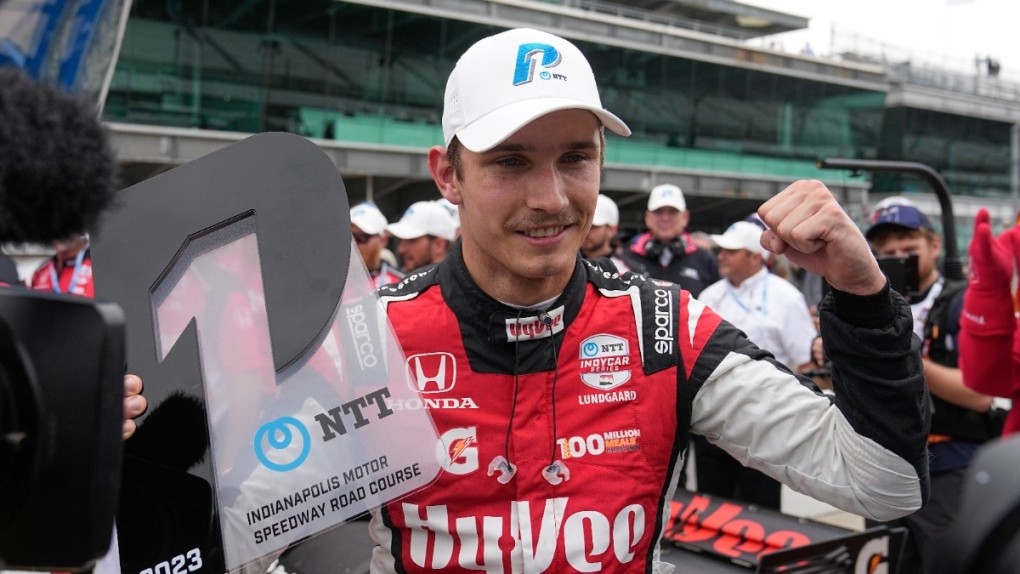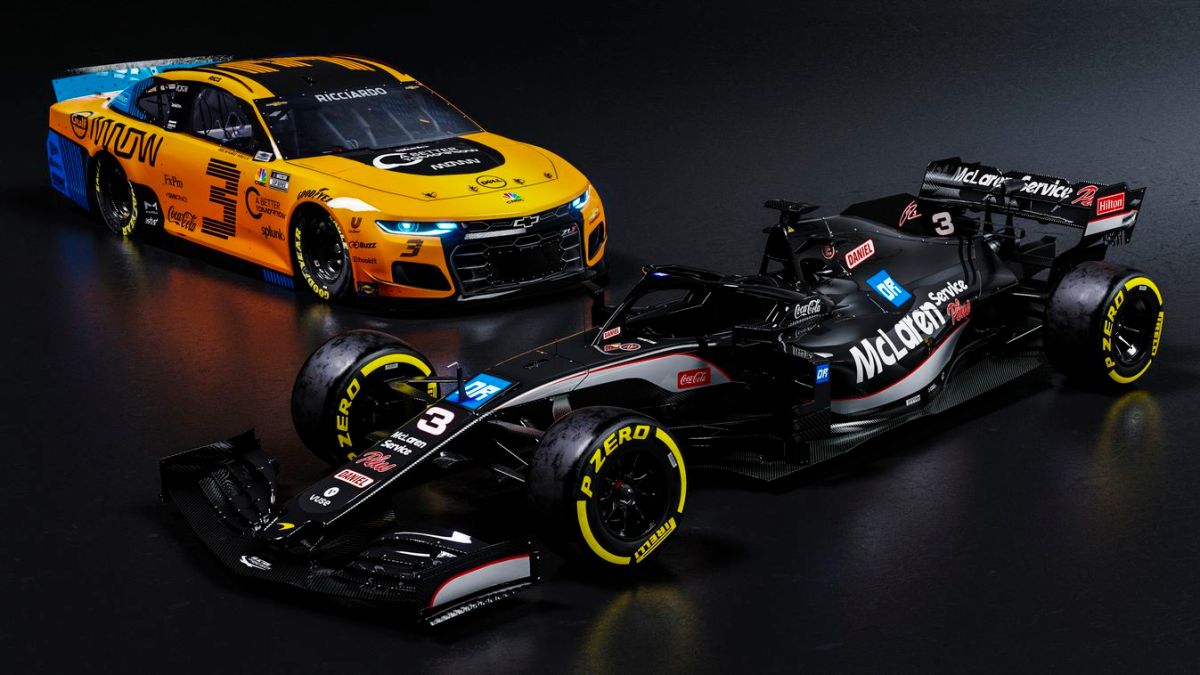Every year 22 drivers take the stage as members of the F2 championship with a similar set of ambitions: to win and get the attention of the powers that be in F1.
The growing issue with these ambitions is that they are becoming less likely to pan out. With driver careers lasting longer than ever, the amount of open seats remains lower than the amount of talent available to fill them. Of the last 4 F2 champions, only 2 are currently active drivers in F1 and neither one made it immediately after winning their respective championship, and while 50% isn’t staggering, that is only a fraction of the drivers that graduated F2 without reaching the next level.

This inability to find a seat in F1 has caused the young talents of junior formulas to branch out to other series around the world, some find themselves behind the wheel of prototypes in WEC or in FE, but today we focus on one pipeline that is growing in popularity, the IndyCar pipeline.
IndyCar is quickly growing into a premier open-wheel series, the close quarters racing and diverse track layouts make it appealing to drivers from all around the world wanting to try something new, and recently more junior Formula and F1 alumni have migrated to the IndyCar scene.

Drivers like Grosjean and Ericsson were both full timers in F1 that have seen success in IndyCar with Ericsson winning the Indy 500 in 2022 and Grosjean achieving multiple road course podiums. Young F1 prospects like Callum Ilott and Christian Lundgaard have also made the move to IndyCar and have found solid results despite being in less accomplished teams.
With most F1 drivers transitioning to IndyCar seeing success, more prospects or even veterans on the way out may look to the series as a way to revitalize their careers, making IndyCar a series to watch even more now than ever.






